The first thing that people do in the movies when there’s a catastrophic event is try to get out of town. They end up in gridlocked traffic and end up surrounded by panicking people abandoning vehicles that can’t go any further. Obviously, there was a lack of planning.
As preppers, we’re prepared to avoid these types of situations either by bugging in, or by having bug out vehicles that can navigate terrain, and will allow us to avoid major roads so that we have a better chance of getting safely away.
Though many people don’t consider a motorcycle a good choice for a bug out vehicle, don’t discount the advantages out of hand. After all, while all of those cars are gridlocked, you can ride the berm or split the lanes to continue traveling. This would, of course, come with the risk of somebody knocking you off your bike, so you’d have to be extremely cautious while also traveling quickly.
You can also travel off-road if you have the right bike and it’s properly equipped. Oh, and if you have an EMP room that’s at least 5 or 6 feet square, you can keep the bike right in there along with an extra motor and parts and still have plenty of room left for your other stuff.
Also, a motorcycle gets anywhere from 30-70 mpg. The average dual sport bike has anywhere from a 3-6 gallon tank, which means that you can make it 150-300 miles on one tank. They’re also versatile and do well both on the street and off-road assuming you choose a good bike and put knobby tires on it.
Many people like to use a 250cc for a bug out vehicle, but I like a little more speed and power – I’d recommend a 600 – it doesn’t weight that much more than a 250, though you will lose a little mpg. That’s negligible, though – 10mpg maybe. Chances are good that your bug out place is still going to be well within your tank range.
There are downsides. You can’t realistically take more than two people and will only be able to take the bare essentials with you. Ideally, you should probably use a bike to get you to a pre-stocked bug out location. Most sport bikes, enduros, motocross bikes and duel sports are light enough that 2 people can lift them up into the back of a truck.
However, there are a few modifications that you should probably make in order to optimize it for bugging out. These are just general suggestions – you’ll have to account for your individual terrain and bug out plans.
Put Headlights on Toggle Switch
Motorcycles typically have headlights that turn on as soon as you turn the key as a standard safety feature. Since you may need to hide, it’s probably a good idea to put the headlight on a toggle switch. Fortunately, the wiring on a motorcycle is fairly simple, so this is easy to do.
Paint to Match Your Terrain
I absolutely love the electric blue and neon green paintjob on my GSXR, but it doesn’t exactly lend itself to hiding.
Not only do you want to keep from being seen on it if possible, but you don’t want it to stand out for somebody to target as a potential getaway vehicle for themselves should you need to stop and be away from it. (i.e., bathroom breaks, etc.)
Fortunately, it doesn’t take much paint to cover an entire motorcycle. Choose a paint that will help you blend into your terrain. Whether it’s green or tan, or somewhere in between, camouflage that ride.
Cargo Racks
You can buy a cargo rack for behind the seat, or you can do what I did for my last bike and build it yourself. This allows you quite a bit of customization because you can add a little bit of storage here and there.
For instance, you can potentially add a rifle carrier that would ride under your thigh, or a storage rack in front of it. You can also buy or build saddle bags. We are, after all, the kings and queens of DIY.
Use Quiet Exhaust
On a standard day, I’ll preach that loud pipes save lives all day long, but not in this case. Your goal is to fly under the radar, so you want the bike to be as quiet as possible. Because of the way a motorcycle motor works, you’re not going to be able to get it whisper-quiet like a car is, but you can muffle it significantly by modifying the pipes.
Especially if you’ve opted to use a small-cc bike, don’t do too much in the way of modifying the heads to muffle the sound because you don’t want to restrict the airflow.
Have an Extra Motor and Parts in Your EMP Room
If you have an EMP room, you have room for a motorcycle motor. They’re small and fairly light – less than 150 pounds in many cases.
Discover how to assemble a simple device that will shield your electronics from the EMP!
Magnetic and Handlebar Bags
Once you start looking, you’re going to be surprised by how many places you can put a storage bag on your bike. There are handlebar bags made to sit in the triple tree. I put mine on the front between the forks when I carry it.
You can also get magnetic tank bags that will carry a surprising amount of gear and supplies.
Magnetic Holsters
These are great. The magnets are seriously strong enough to hold onto the tank even if things get rough. I had one on my last bike that I used when we went camping and I kept it on the front of my tank up by my gauges. You can, of course, always customize them or have them custom made.
Backpack
This is probably my most important piece of survival gear because it stays right with me all the time. I don’t have to worry about it falling off or catching on things, or slowing me down as long as I’m on my bike. Put what you can’t live without in here, in case somebody steals your bike.
I always keep, at a minimum:
Sounds like a lot, but actually if you think about it, the only big item is water. It all fits in the bottom of one of my pouches, and I have a nice little “just in case” kit.
I also keep a toolkit underneath my seat that holds the main 3 sockets and small wrenches that work on my bike, a pair of pliers, and zip ties.
Suspension
Depending on the bike that you have, you may need to adjust the suspension so that it’s fit to ride off-road. This is a topic best researched before you decide on a bike. I can’t really offer much advice that would be any good because everything depends on what you have to work with.
Tires
If you’re going to take your bike off-road, you need to have knobby tires on it. If you’re not, you need to keep your street tires in excellent condition because in the middle of an emergency is the worst time possible for you to have a blowout.
These are just a few tips to help you get your motorcycle ready to use as a bugout vehicle. I considered recommending armoring the tank and you can do that if you want, but truthfully, you’re using it as a vehicle that is light, nimble, and maneuverable. You want to avoid weight where you can.
Do you have any other tips to help prepare a motorcycle so that it will serve as a good bug out vehicle?
Click the banner below and discover how to survive more than an EMP!
This article has been written by Theresa Crouse for Survivopedia.


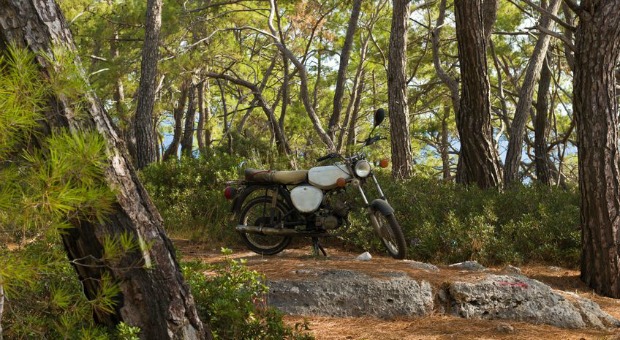
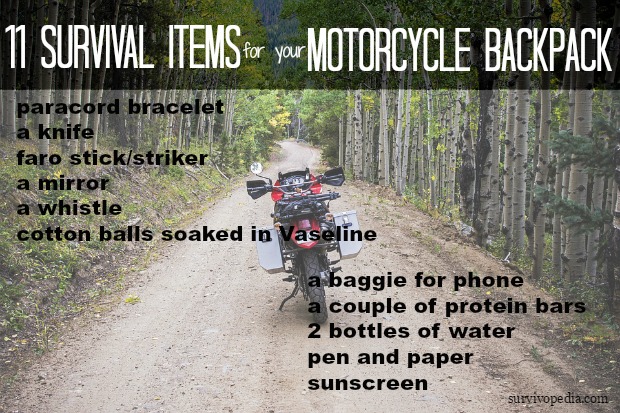

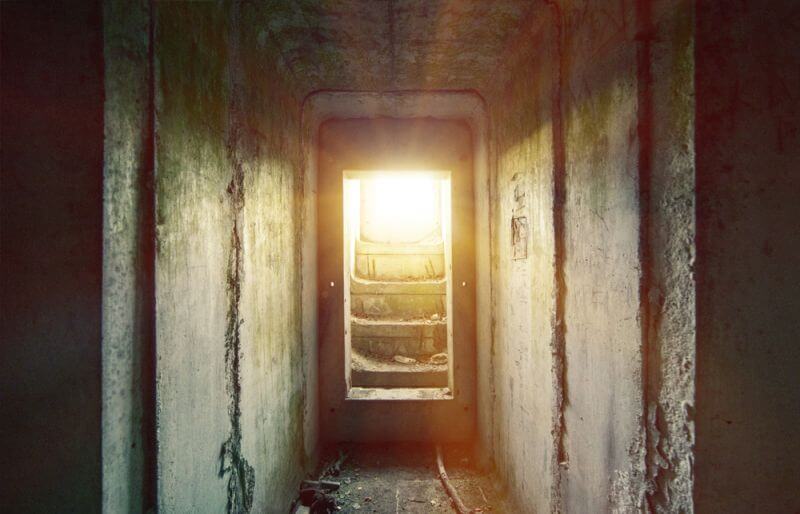

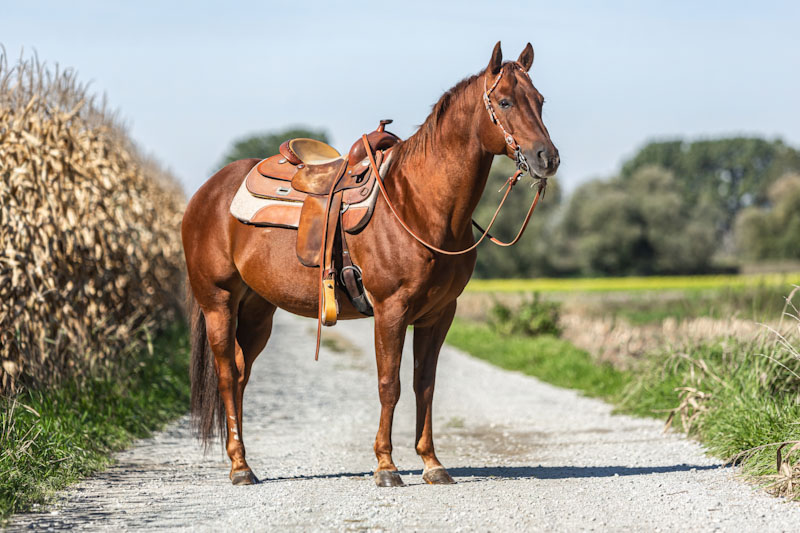
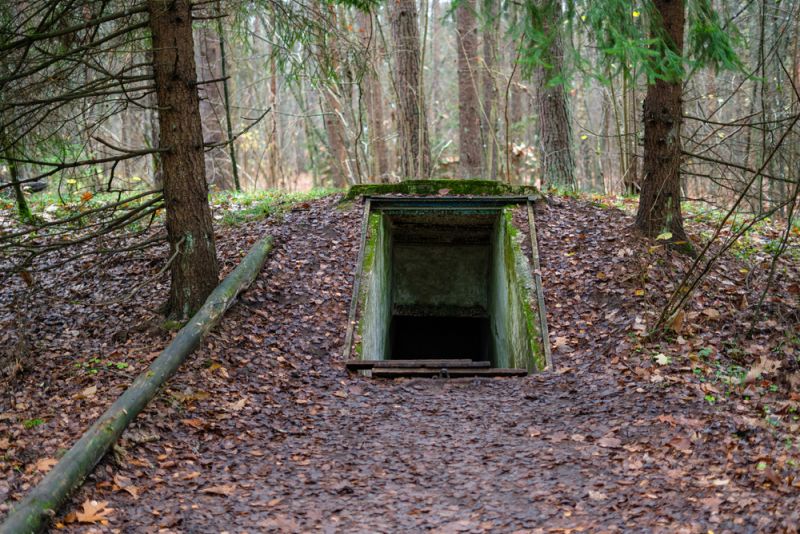

Guy H | March 12, 2017
|
Articles and books on EMP all say that modern automobiles all have chips that EMP will burnout. But, do motorcycles or motor scooters have chips that EMP will burnout? Maybe these vehicles don’t need EMP shielding? Anybody know?
Pingback:10 Ways To Repurpose A Lawn Mower Engine | Survivopedia | March 8, 2018
|
Chris | February 19, 2019
|
I recommend a light off road motorcycle (250 cc). One that one person can attach to a rack on the back of a pick up. 2 stroke or 4 stroke is fine. 2 strokes will be louder and need additional oil but are lighter. Also, 2 strokes are easier to maintain. As for luggage, I would advise against strapping too much to the bike as more weight equals more difficult handling. Especially for the more inexperienced rider. A couple of inner tubes, basic tool kit and some spare fuel / oil is where I would leave it. Your BOB and weapon/s should be on your person should you have to ditch the bike and run. At the end of the day, it’s an aid to survival, not an essential so shouldn’t feature too much in your plan. Just my opinion but I’ve done a bit of this in a number of different environments.